How To Teach Your Dog To Be a Good Trail Dog.
While it is not as easy to quantify as say jumping through a hula hoop or catching a frisbee, the most important thing in your dog’s training regime is for them to learn to trust you. They need to trust that you are always going to act in their best interest. If you got your dog as a puppy it’s a lot easier because you have more control over their environment but if you’ve rescued your dog, or taken over their care a little later in life, this can be a challenge. It’s easy to wait for your dog to make a mistake and then to punish that bad behavior, but it’s more effective and builds your dogs trust more if you set them up to succeed and then reward the good behavior.>
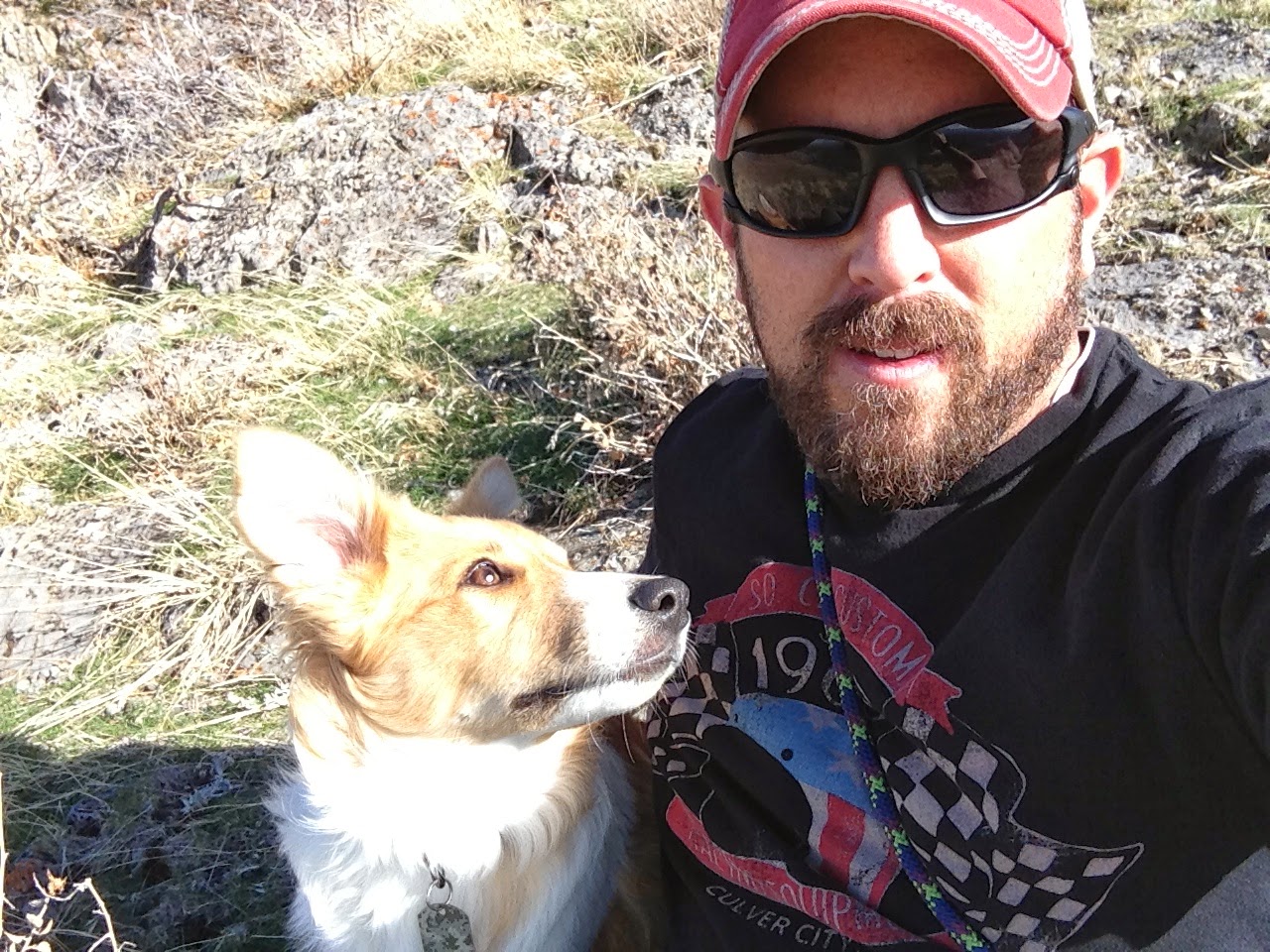
This method takes more effort on our part because we have to think several steps ahead, and it may require us to be more patient. But, again, the goal is to build trust because entering into the wild means your dog needs to trust you where there may be powerful temptations (for a dog) they are contending with.
We are huge fans of Zak George’s Dog Training rEvolution on YouTube.
Recall
Ensuring that you and your dog have the trust required that they will come when called, regardless of circumstances, may be one of the most critical components to going on adventures with your dogs.
In many cases, we venture out into the wild where we will encounter everything from an unexpected road crossing to wildlife. Chase and I have encountered everything from the standard fare of squirrel and chipmunks to porcupines, coyotes, skunks, snakes, range cattle, horses, and most scary of all, moose. Yes, moose. They are massive, mean and have terrible eyesight. Do not underestimate the goofy looking moose.
Your dog needs to trust you enough to leave whatever they think is so interesting in favor of you. Also, recall can be one of the most difficult things to teach a dog. While dogs are as unique and nuances as people, never underestimate the power of bribery. While not all dogs are food-motivated, most are, particularly if you find the right treat.
The goal is to make you more wonderful and rewarding than anything they may encounter out in the wild. How many times have you witnessed another dog user who is trying to get an obstinate dog to return to them. When the normal “c’mere spot” fails to work, they become more frantic and, as a result, more upset. When the dog finally does return to the upset caregiver, they are met with “Bad spot! You need to come when you are called” followed by more scolding. Now, put yourself in the dogs shoes (for lack of a better term) why on earth would you want to return for a scolding?
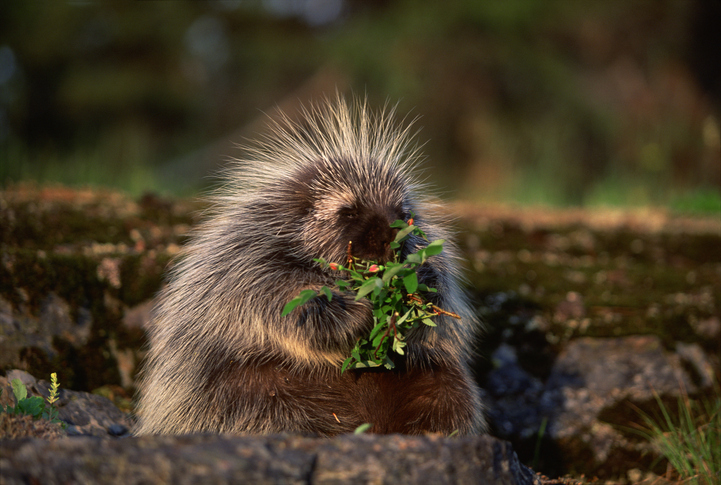
It’s far better to make “you” the most amazing place in the world for them. This is sometimes called a “puppy-party.” No matter how long it takes for your dog to return to you, when they do return, you should lavish them with massive amounts of praise, treats, belly rubs and all-out adoration. “You” need to be better than anything else they can imagine. Treats, no matter how glorious and enticing, are totally fine. You want your dog to trust you so implicitly that they will leave whatever amazing thing they found in the bushes and rush back to you.
The value of this lesson has proven itself over and over. That time we came across that porcupine and his younglings crossing the trail to the time we came across a family of moose.
The value of this lesson has proven itself over and over. That time we came across that porcupine and his younglings crossing the trail to the time we came across a family of moose. As I’ve mentioned, moose can be one of the biggest threats you may frequently encounter in the Rocky Mountains. While many dogs would be inclined to take off after this crazy herbivore, a quick call to Chase and he promptly returned to my side and stayed right with me, despite his incredible curiosity, until the moose moved off the trail.
Treats
We love Zukes. They are all natural and virtually every dog we’ve met loves them, and they come in a bunch of flavors to appeal to different dogs. Of course, you can get everything on Amazon these days;
Other Trail Users
Unless you live out in the wilds or happen to only recreate out in the wilds where you never see another soul, you are going to have to deal with other trail users.

Not everybody loves dogs
One thing you can do, that is surprisingly effective at making your dog appear more friendly, is to adorn them with the simple bandana. They come in a myriad of color (Chase prefers red) and, for whatever reason, a colored square of cloth makes your dog look less threatening than that spiked collar.
Yep, not everyone loves dogs as much as we do. Not only do some people not like dogs, but some people will be terrified of your pooch. We need to be aware of this fact. I’ve seen people be belligerent and act in a way that put my dog as risk, and I’ve seen people cower in fear from my fuzzy, people-loving pal. Understand, that we have no idea what led people to this place. Maybe they were attacked by a dog as a kid, and maybe they are a narcissistic sociopath. (I mean, what other reason could there be for not loving dogs?)
There are a few things we can do to alleviate the discomfort of others. The last thing any of us want is to see any kind of harm come to our beloved pooch.
First, watch body language. One individual I came across, literally, dove off the trail and hid behind a tree. Now, Chase is just about the kindest dog I’ve ever known – we even got licensed as a Therapy-Dog team for a time, but it’s important to respect other trail users.
Not all dogs are nice to dogs
Speaking of Spiked Collars. While they are intimidating, that is not their purpose. The spiky collar was designed to protect dogs from other aggressive dogs – this is not to be confused with a prong collar, where the spikes go into the dogs neck. In this case, the spiked collar that we are referring to has the spikes facing outward.
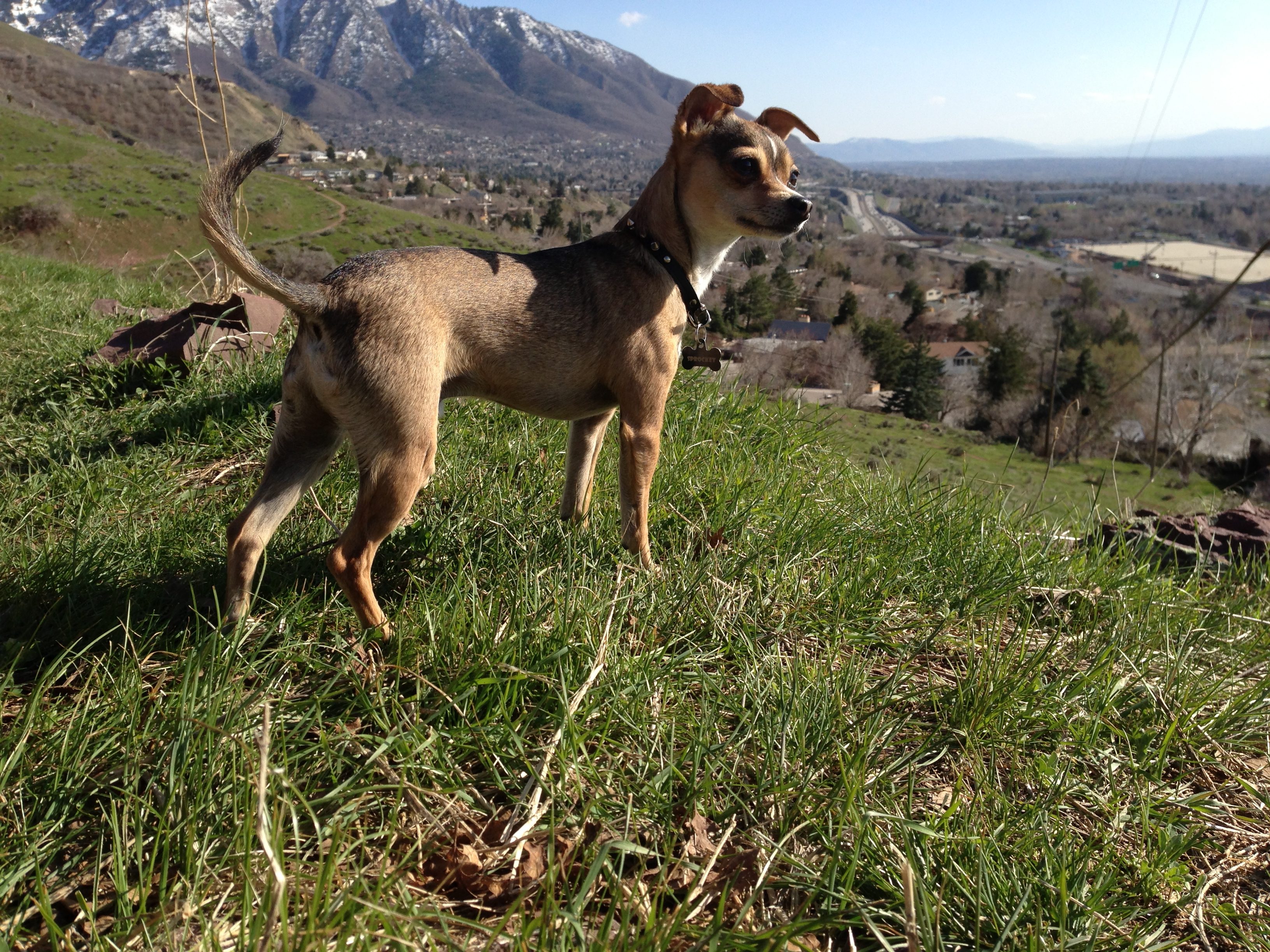
Our Chihuahua never leaves the house without his and while most people make funny comments about him being a tough guy, we just smile and nod because it has saved him from more than one overly curious, or overly assertive dog.
If another dog goes after your dog at the neck, instead of finding soft flesh, they end up with a mouth of metal spikes. This doesn’t harm the aggressor but gives them enough of a start to give the less assertive dog a chance to get away. We are such huge fans of the spiked collar that both our dogs are rarely out adventuring without them. In fact, the most common combination we use is a spiked collar hidden by a red bandana.
Long-Term Health
Having a dog that lives an active lifestyle is a tremendous joy, but also runs the risk of injuries. To help your dog stay as fit and healthy as possible we strongly encourage you to stick to grain-free, high-quality food. Many sources and studies have indicated that grains can cause long-term damage to your dog’s joints. If you are looking for a high-quality dog food, be sure to do some research over at Dog Food Advisor.
And finally, our vet has recommended we supplement our dog’s diet with a glucosamine to keep him in good shape. Glucosamine helps produce a variety of chemicals in the body that are involved in building tendons, ligaments, cartilage, and the thick fluid that surrounds joints. Joints are cushioned by the fluid and cartilage that surround them. He put us on Cosequin ASU Active Lifestyle pills. The ASU pills have an additional additive to help keep dogs pads healthy.
Puppies
Puppies have boundless energy, so the idea of taking a young-one out to the trails to let them run off some of that energy is very tempting. But the veterinarians we spoke with advised against this.
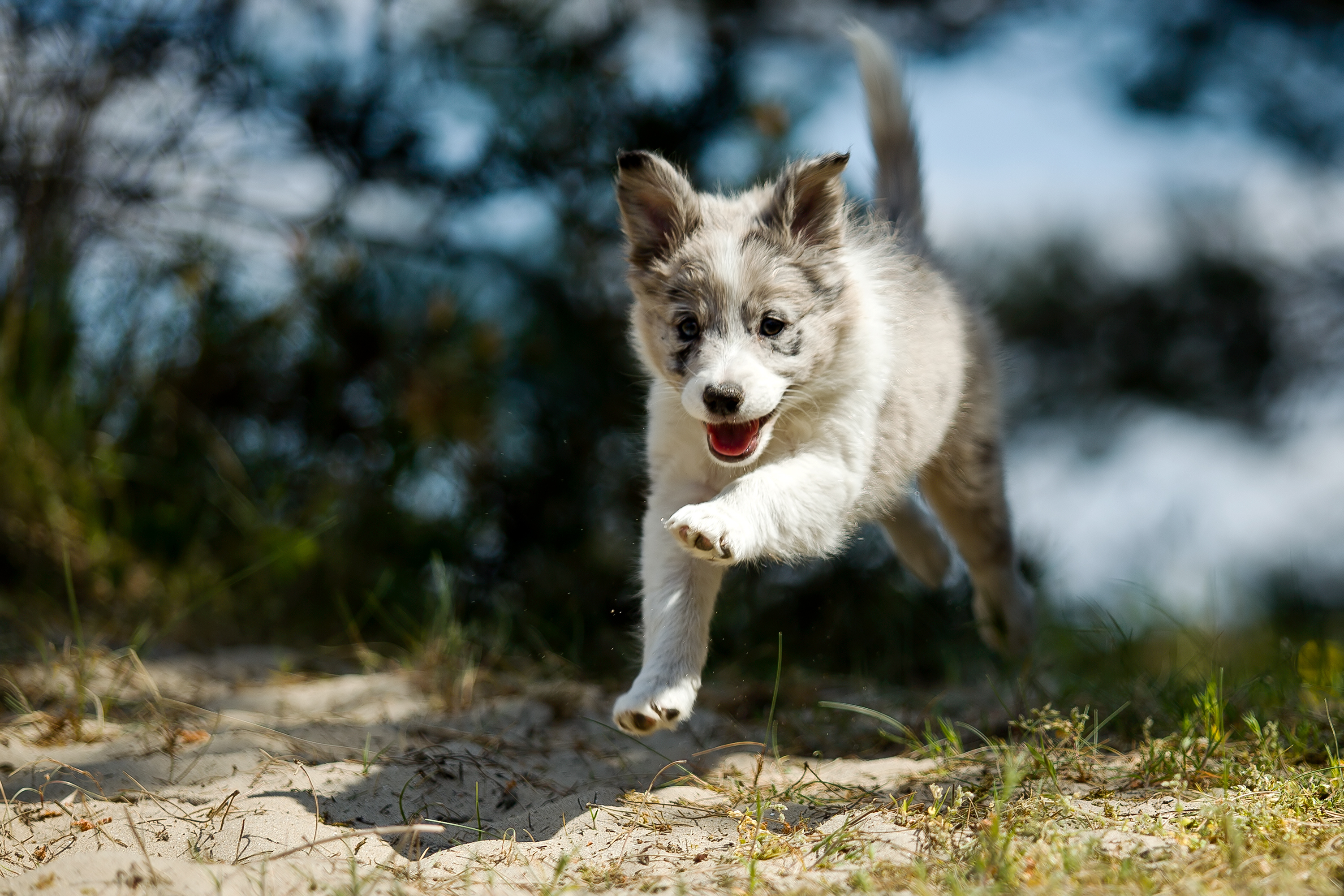
We were advised to hold off on longer runs until as late as 18-24 months.
While still growing, too much exercise and too much running may result in damage to their joints. We were advised that to exercise young dogs frequently but for shorter durations and with a modest pace. A short jaunt in the morning and another short jaunt in the evening with lots of play time in between is far better and safer than one big long adventure in the middle of the day. We were advised to hold off on longer runs until as late as 18-24 months. In any case, consult with your veterinarian first before pushing your little guy too hard and doing long-term damage.
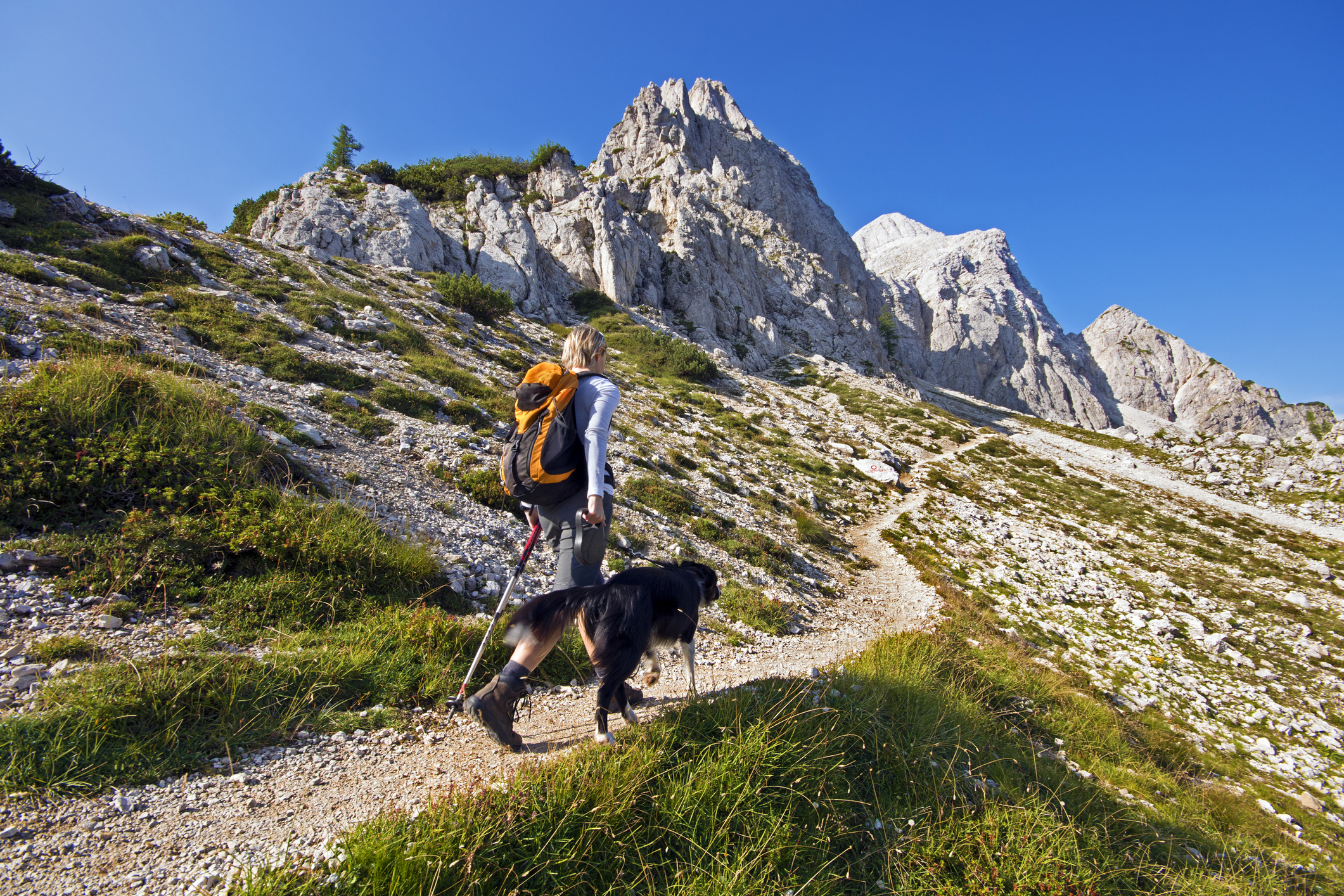
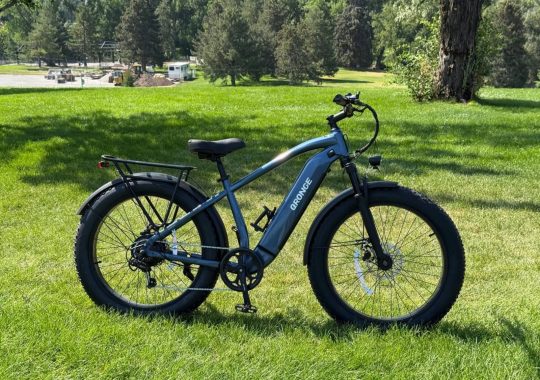


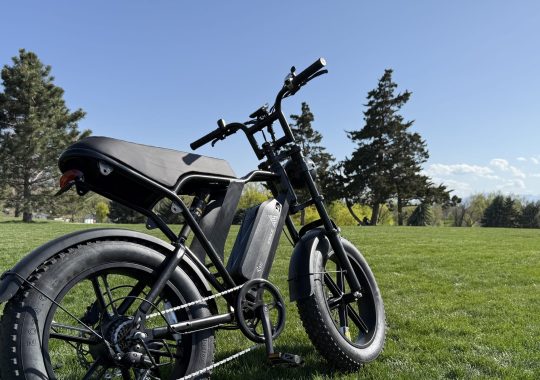
This is really great content! Thanks!